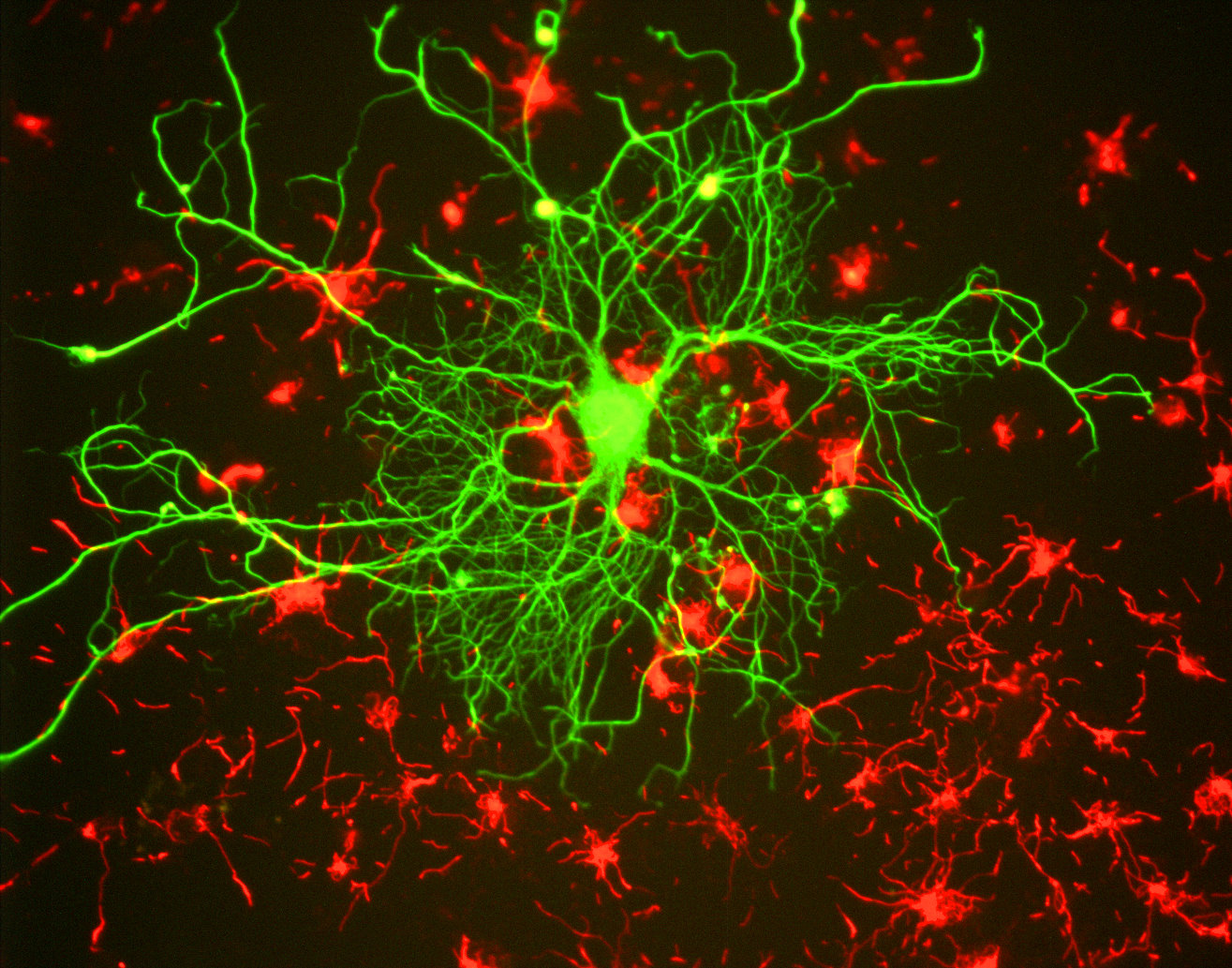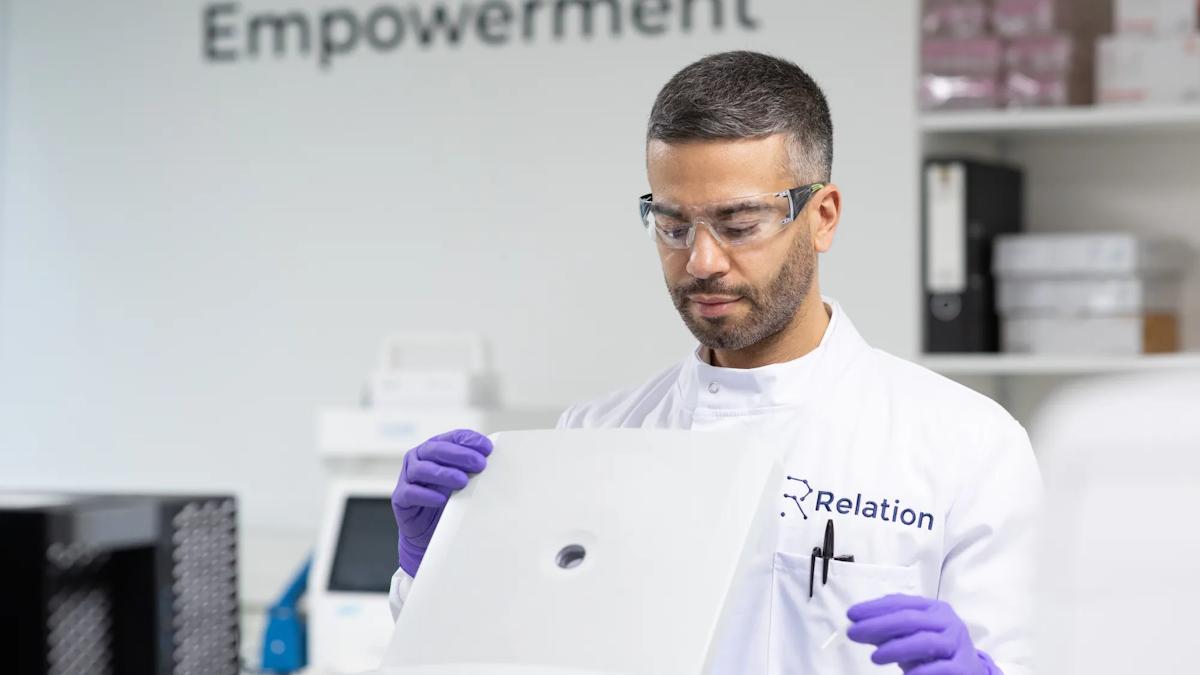Researchers use AI to analyse voices and diagnose PTSD

Artificial intelligence could be used to diagnose post-traumatic stress disorder (PTSD), according to preliminary study findings.
Assessment of PTSD is currently based on a structured interview carried out by clinicians, who use a standard scale to assess the frequency and severity of symptoms.
But study authors noted that a number of biases may distort the accuracy of the diagnosis, including cultural and racial factors.
Because of the stigma associated with PTSD, patients vary in their willingness to candidly discuss traumatic experiences, symptoms and functions.
Interviews also require a lengthy visit to a clinician’s office, which some patients may be unwilling or unable to manage.
As a result they said a better tool is needed for diagnosis, and decided to use AI instead of previous attempts based around biological biomarkers such as neural structures, genomics, neurochemistry and immune functioning.
Using speech analysis is an attractive alternative as it can be measured at low cost, remotely and non-invasively.
There is also strong evidence suggesting that people with psychiatric disorders such as bipolar disorder and depression show changes with speech – although less is known about how PTSD affects voice patterns.
Findings of the study published in the journal Depression and Anxiety found that a speech-based algorithm correctly classified patients with and without PTSD almost 90% of the time.
Researchers from New York University School of Medicine compared the voices of 52 veterans with PTSD and 77 veterans without the condition and used AI to scan the tape and pick out ways to decipher differences in voices.
The AI tool identified 18 speech features from 40,526 identified in the interviews and determined that PTSD was more associated with slower, monotonous speech, with less change in tone and less activation.
Statistical tests showed that depression symptoms, alcohol use, and traumatic brain injury were not likely to confound the findings.
However researchers said the tool needs refinement and validation before it can be used regularly.













